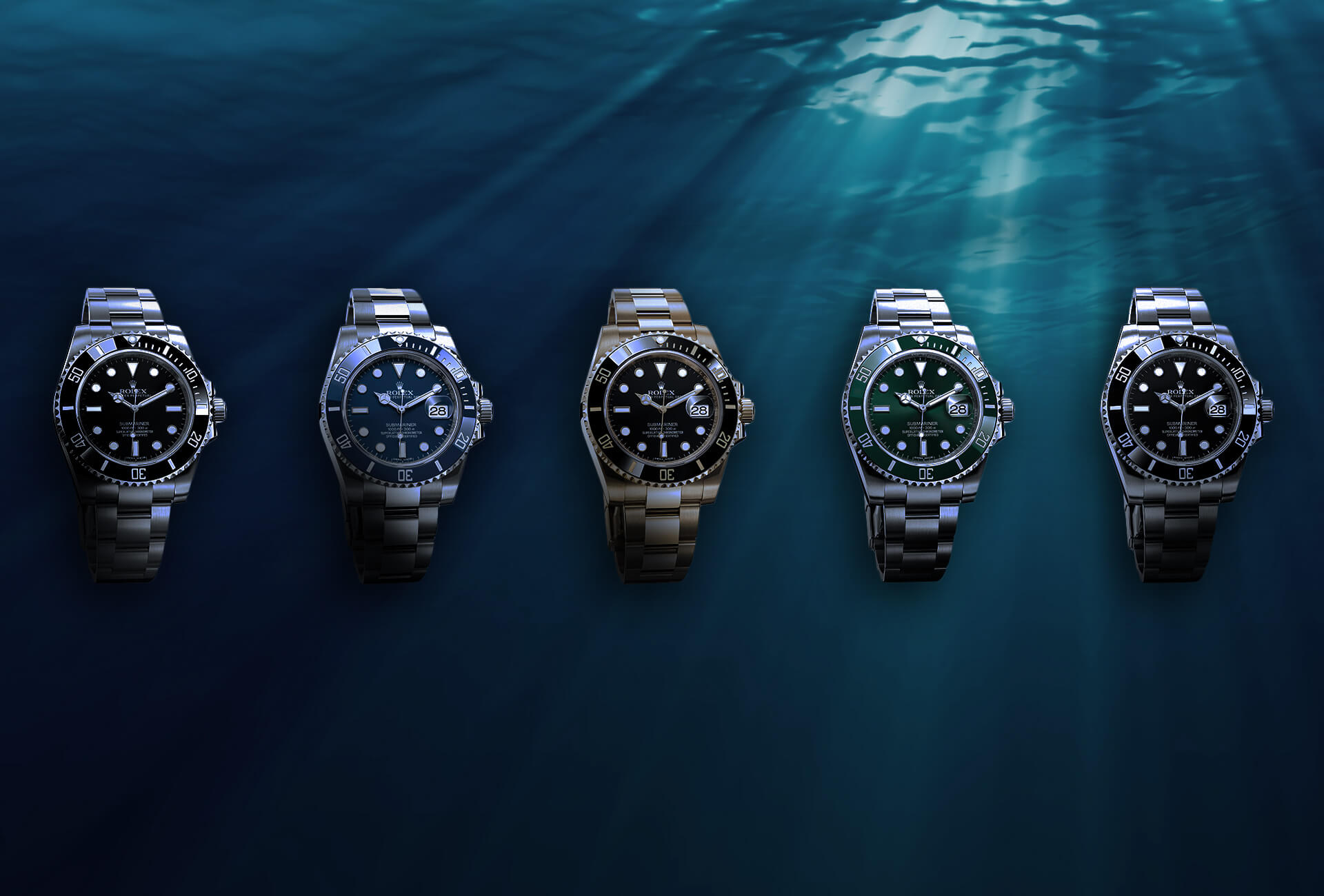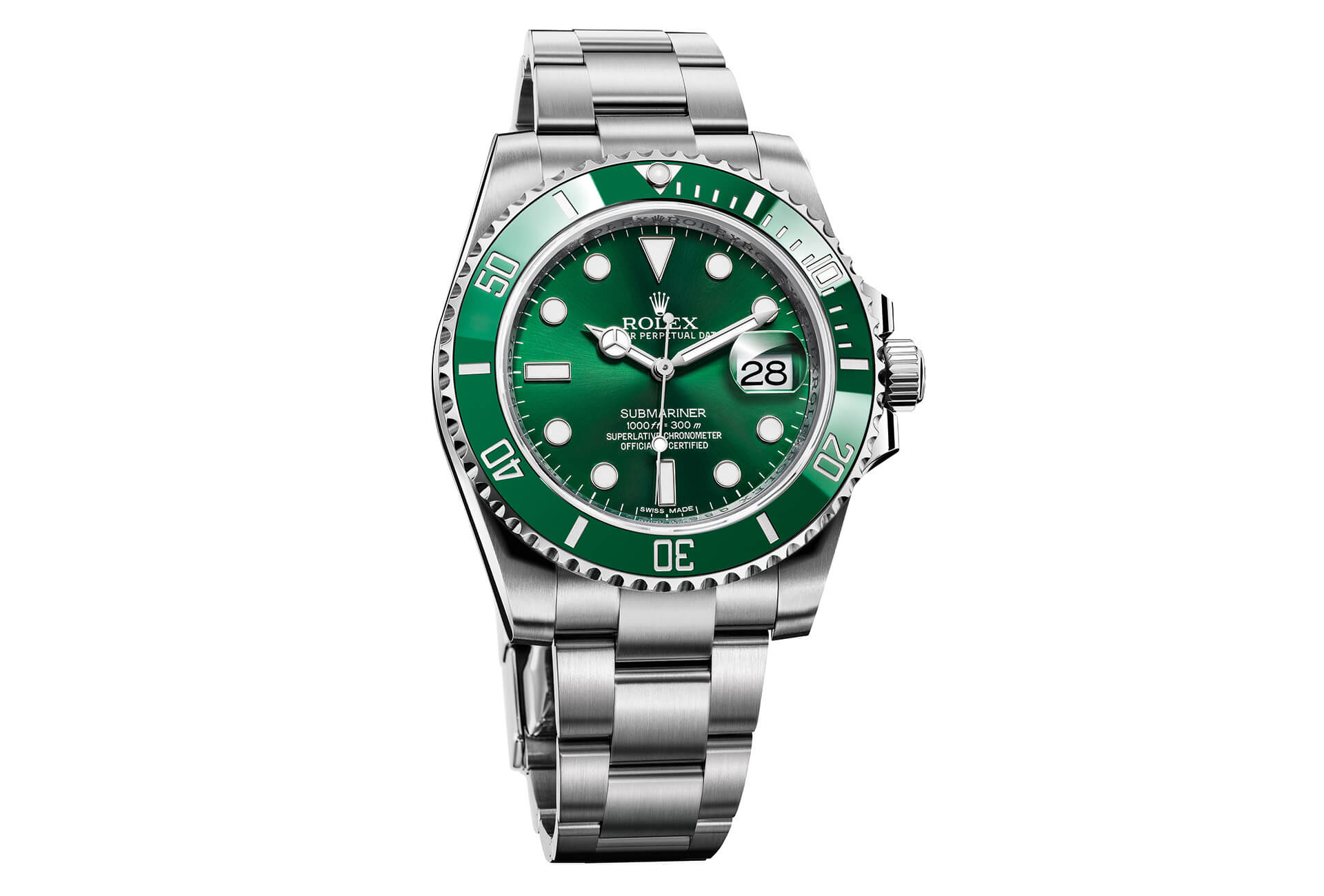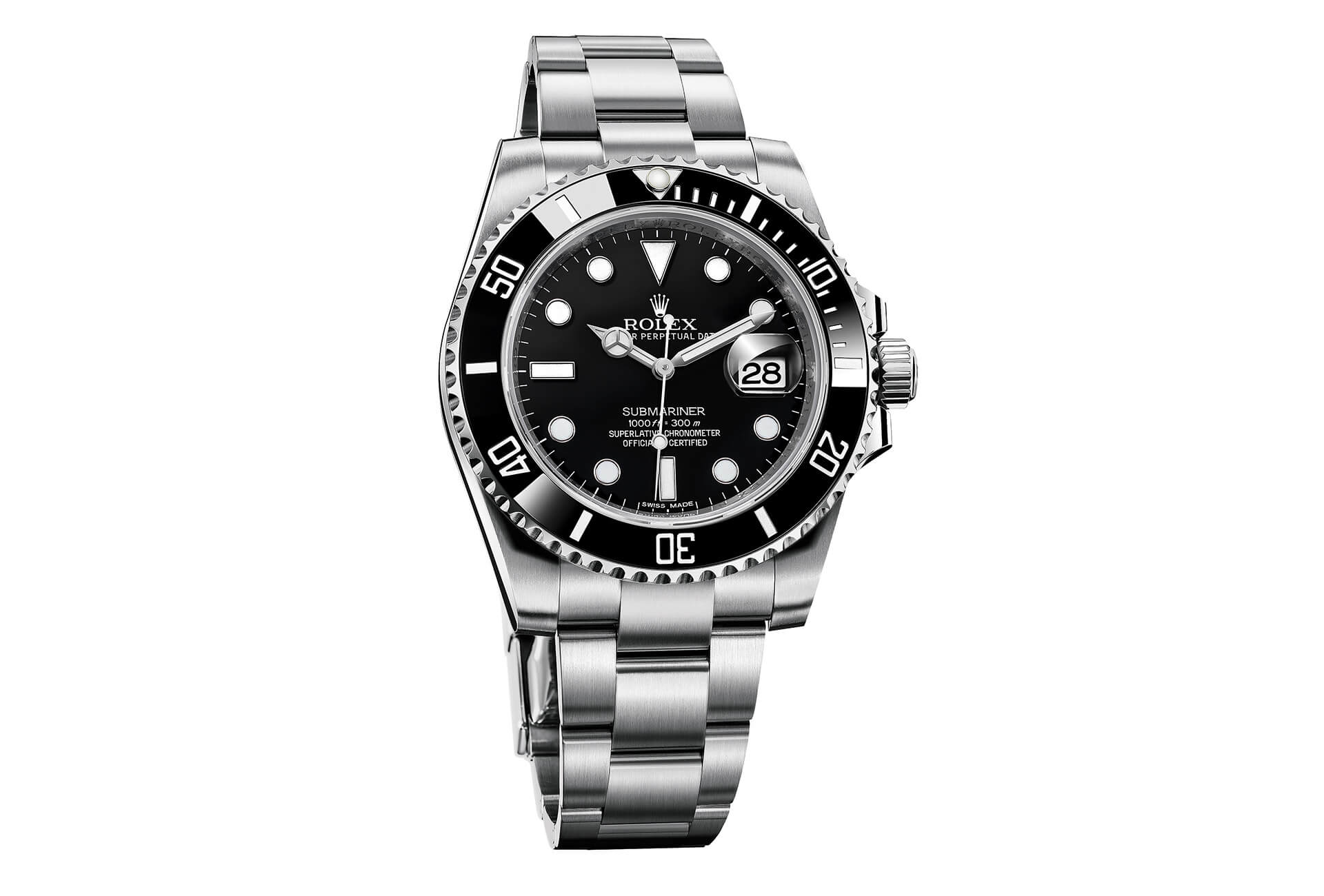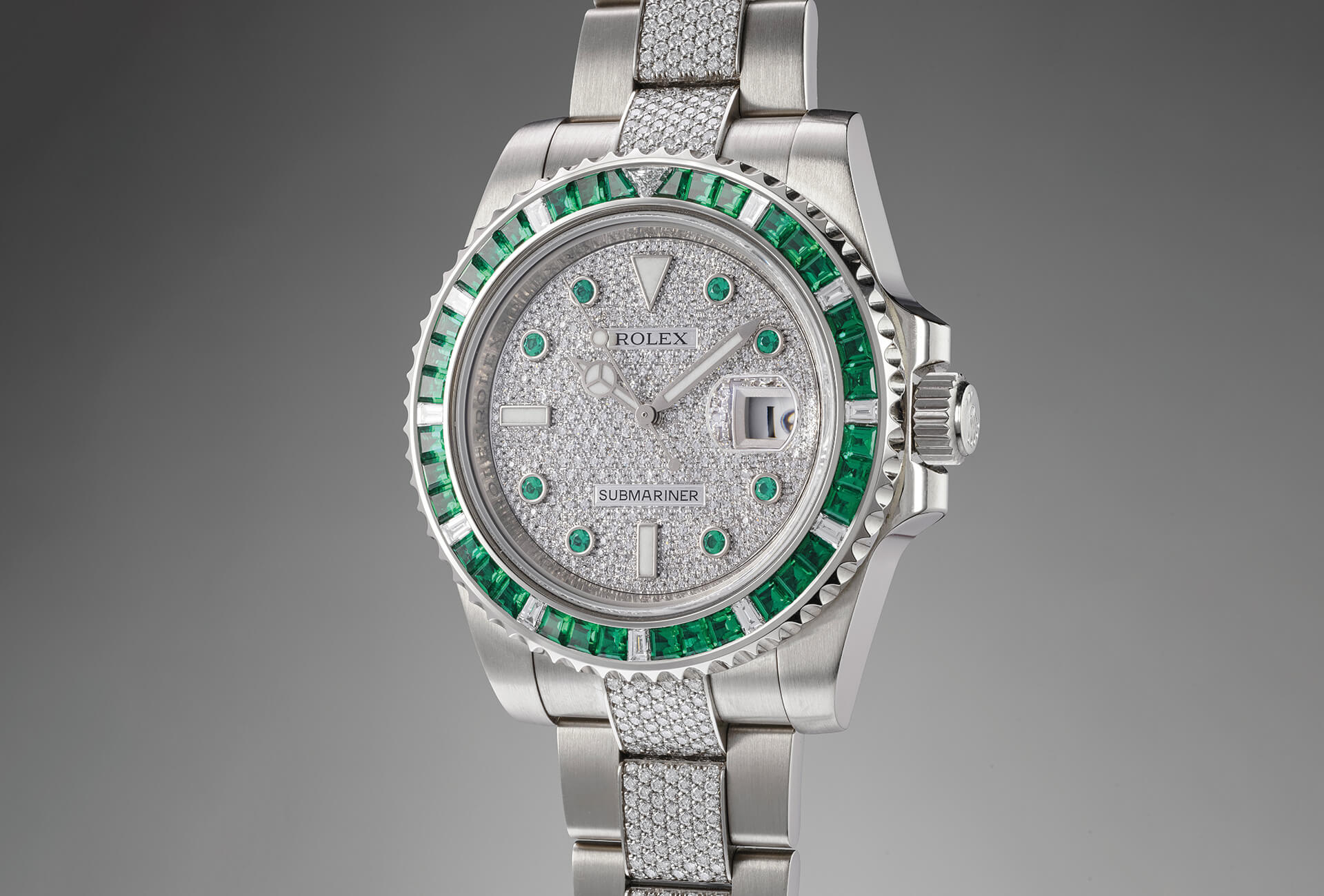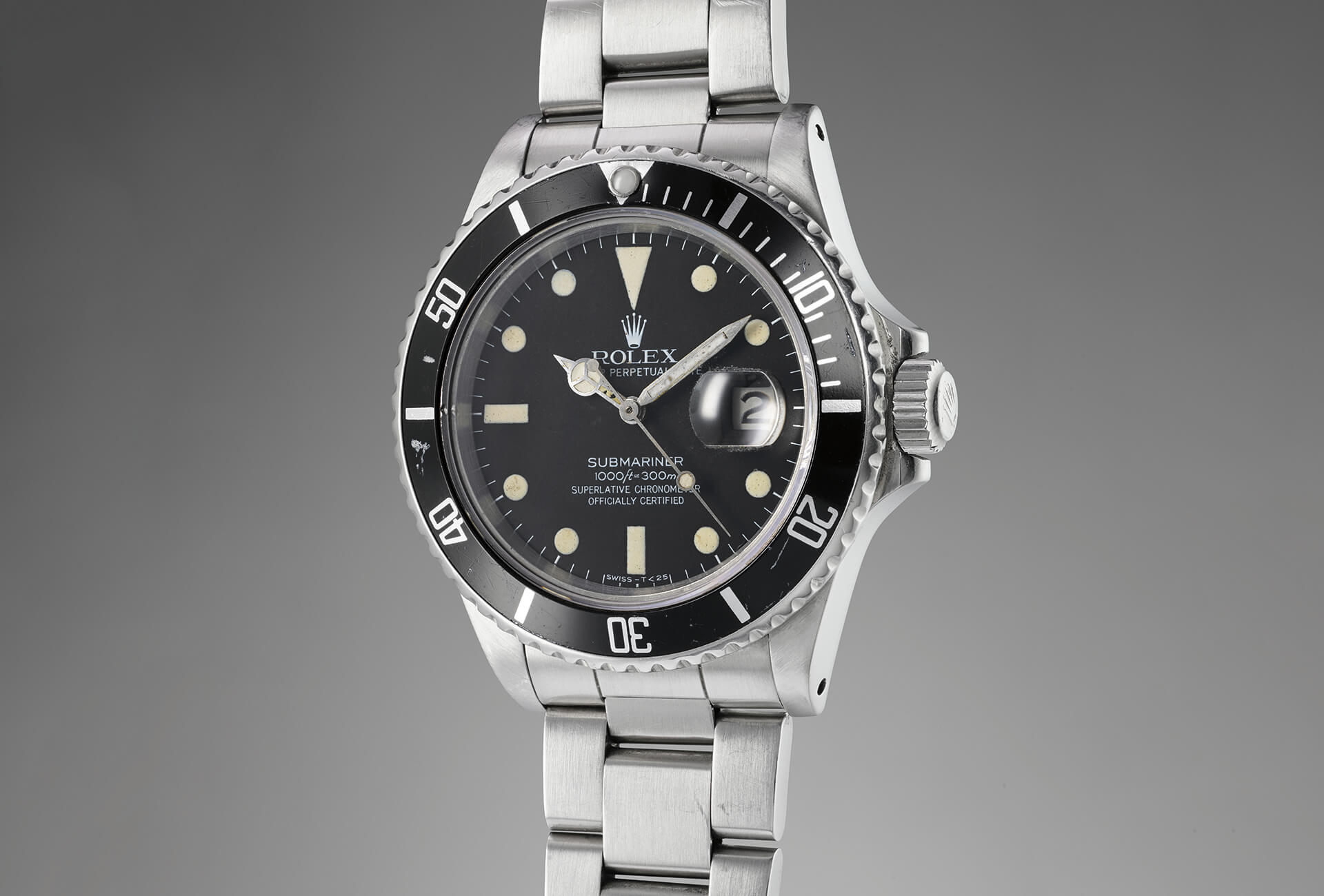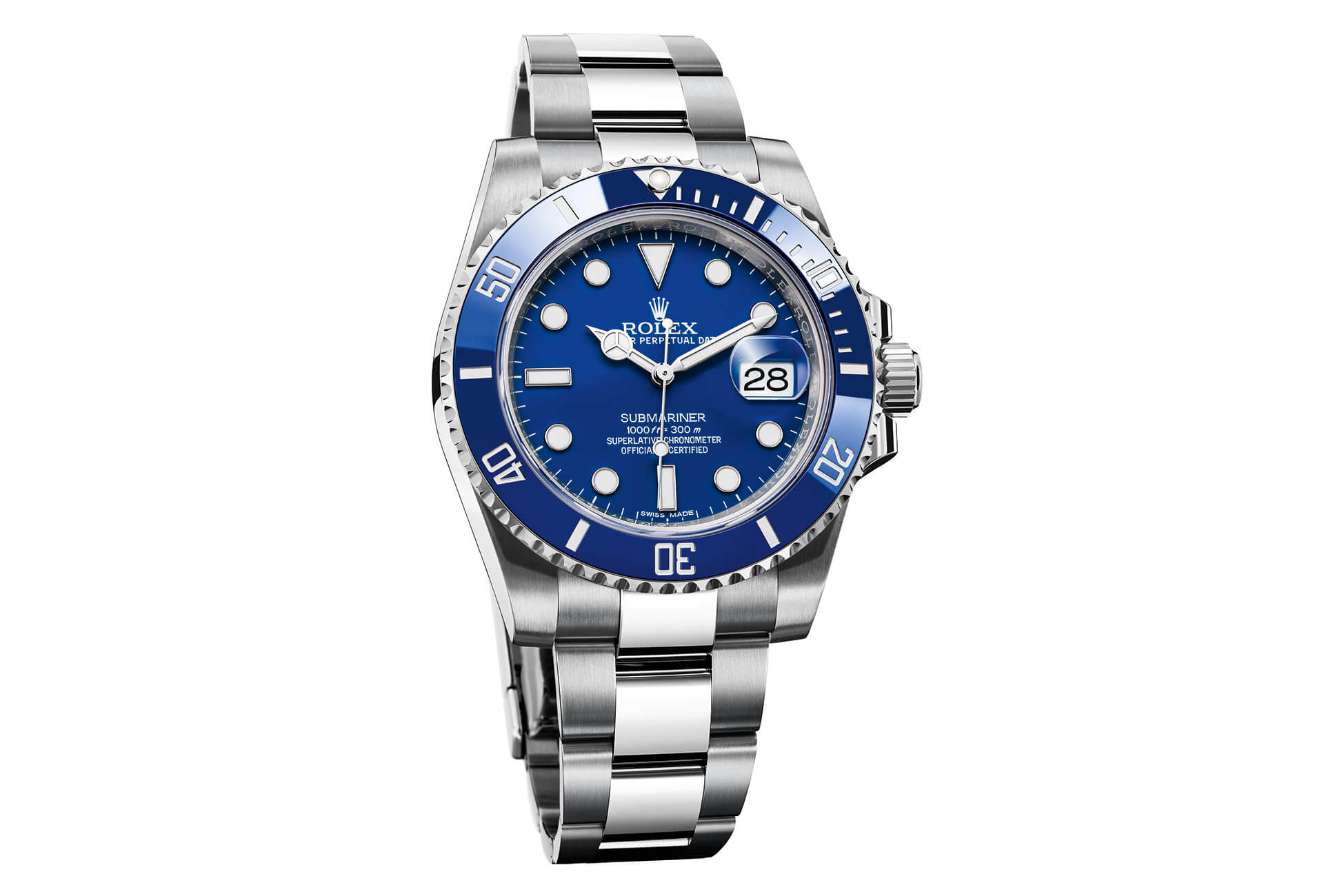This year, rumour has it that Rolex will introduce a new Oyster Perpetual Submariner. “You can’t get a steel Sub anywhere,” one collector said recently, leading him to speculate, “I think they are holding back supply because they’re going to launch a new one.” Another disagreed: “What would they change? It already has a ceramic bezel, an updated bracelet and a great movement.”
While the Sub was always a cult favorite among professional divers, its wide-ranging popularity was certainly reinforced in the U.S. by James Bond.
But Rolex is full of surprises. It’s difficult to predict whether or not they will touch the Submariner, but it seems like a good time to have a look at the model and think about what makes it the world’s most popular timepiece. While the Sub was always a cult favorite among professional divers, its wide-ranging popularity may have begun, or was certainly reinforced in the U.S., by James Bond. In 1962’s Dr. No, Sean Connery’s Bond began a tradition of wearing a Submariner while chasing down his villain and getting to know Honey Ryder. He wore a Submariner again in From Russia With Love, Goldfinger and Thunderball. But it was Roger Moore as Bond in 1973’s Live and Let Die who first used the watch as a life-saving tool. The bezel of his Submariner Ref. 5513 was modified by “Q” to work as a circular saw, which he used to cut through some ropes that were holding him hostage. The actual watch worn by Roger Moore in the film, complete with saw-toothed bezel, was auctioned by Phillips in 2015 for CHF 365,000. Pretty good for a watch no longer in working condition (the movement had been removed).
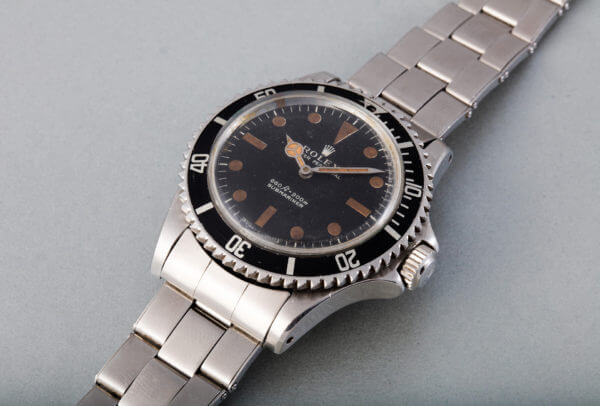
Built to serve for a lifetime
This state of inoperability is rare for a Rolex Submariner. It was, and is, a robust tool watch, built to serve its owner for a lifetime. The Submariner was first introduced in 1954, but its history really began in 1926, when Rolex introduced the Oyster, the first watch with a hermetically sealed case. In 1931, Rolex patented the world’s first self-winding mechanism with a Perpetual rotor, thus elaborating the name to Oyster Perpetual. By the 1950s, Rolex was making watches with rotating bezels for divers, and continually improving water resistance. When the Oyster Perpetual Submariner was introduced in 1954, it represented the first commercially available timepiece capable of submerging to 100 metres.
Rolex continued to work with professional divers, and was instrumental in developing the helium valve. In collaboration with the French diving company Comex (Compagnie Maritime d’Expertises) in the 1960s, Rolex tested a Sea-Dweller Submariner equipped with a helium valve and a case that could withstand the pressure on deep dives. Commercially, Rolex debuted the Sea-Dweller Submariner in 1967, with 610-metre water resistance.
The regular Submariner was never given a helium valve, but it was continually improved, and by 1959 it was water-resistant to 200 metres. In the 1960s, a “cyclops” magnified date window was added to models with a date function. Why didn’t Rolex simply make the date bigger and forego the need for a special crystal? “A large date indication would have increased the thickness of the movements due to the complexity required for two separate disks for the ones and tens digits,” explains watch specialist Paul Boutros, managing director for the Americas of Phillips in Association with Bacs & Russo. “A thicker movement would have thrown off the proportions and balance of the case, one that Rolex is well-known for, so a cyclops magnifier was a simple solution that preserved the reliability of the movement and elegance of its case.” Many collectors still prefer the no-date Sub, appreciating its purity.
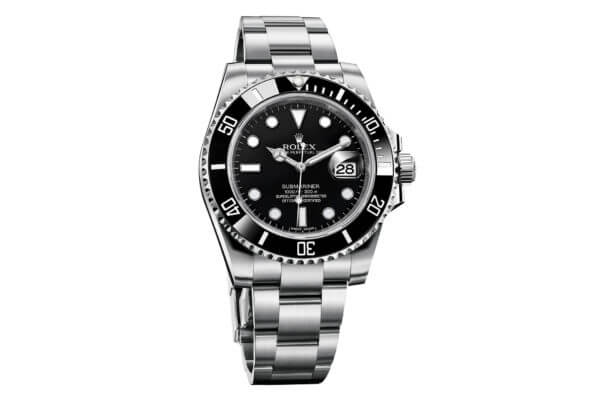
The 1962 Submariner models were the first to be fitted with crown guards. Their predecessors featured small crowns, which Rolex deemed too delicate for a robust tool watch. The luminated markers, inverted triangle at 12 o’clock on the dial and bezel were all solidified in the 1960s as signature elements of the Sub. They became the archetypes of the tool watch, and exemplify the Submariner as we know it today.
The last time the Submariner was updated was in 2012, when it was given a ceramic Cerachrom bezel and an Oysterlock bracelet.
“I'd leave it alone!”
Towards the end of the 1970s, Rolex started updating its watches with sapphire crystals, including the Submariner with date, and that increased its depth rating to 200 metres. Today the Submariner can withstand water pressure to 300 metres. The last time the Submariner was updated was in 2012, when it was given a ceramic Cerachrom bezel and an Oysterlock bracelet with Glidelock system (adjustable in 2mm increments to fit over a wetsuit). The robustness of its movements is legendary – the automatic 3130 (introduced in 2001) for the non-date model and the 3135 for the date model (introduced in 1988, but improved since then, including the addition of a Parachrom hairspring). Both are COSC-certified.
“Over the past decade demand for the Submariner has grown, as scholarship has improved with more and more collectors having developed an understanding and appreciation of the continuous but subtle improvements the model has undergone since its original introduction in 1954,” says Boutros. “Especially sought-after are the earliest versions with no crown guards, produced from 1954 until approximately 1960, and also models with lacquered ‘gilt’ dials produced until approximately 1966.”
Thus, as collector number two suggested above: what could possibly constitute an improvement on this classic? Another brand might add functions – a tourbillon here, a minute repeater there, or even a techy circular slide rule. But that is not Rolex’s style; it leans more toward material changes. “I don’t think I’d really change anything about the basic design, as the watch is an enduring classic,” said one collector when asked what he would do to the Submariner. He adds: “If I were to buy a Sub, it would likely be the classic steel with black, so I’m not pushing for more color combinations either. I don’t even think they need to do an Everose version, since they already have the (quite attractive) Yacht-Master Everose as a black dialed watch in a rose case. So for my money, I’d leave it alone!”.
It is possible to update the caliber, with features from the 3255, introduced in the Day-Date 40 three years ago. But a case redesign is also likely. There may even be a smaller case size – wouldn’t it be fun to have a ladies’ Submariner with, say, a diamond instead of a lume point at 12 on the bezel? We only have to wait another week to find out.








